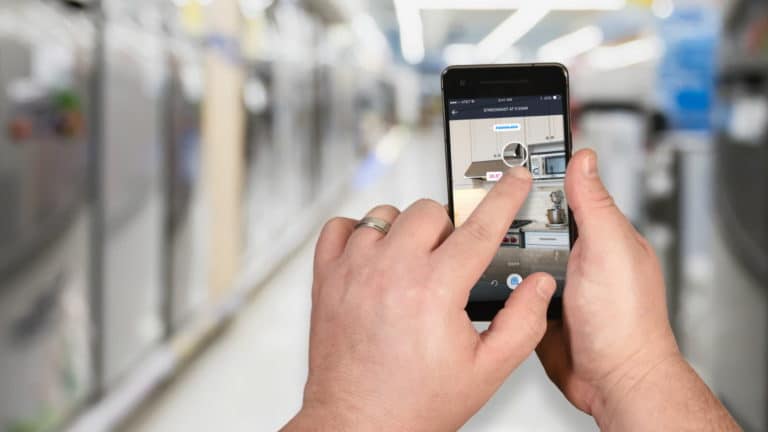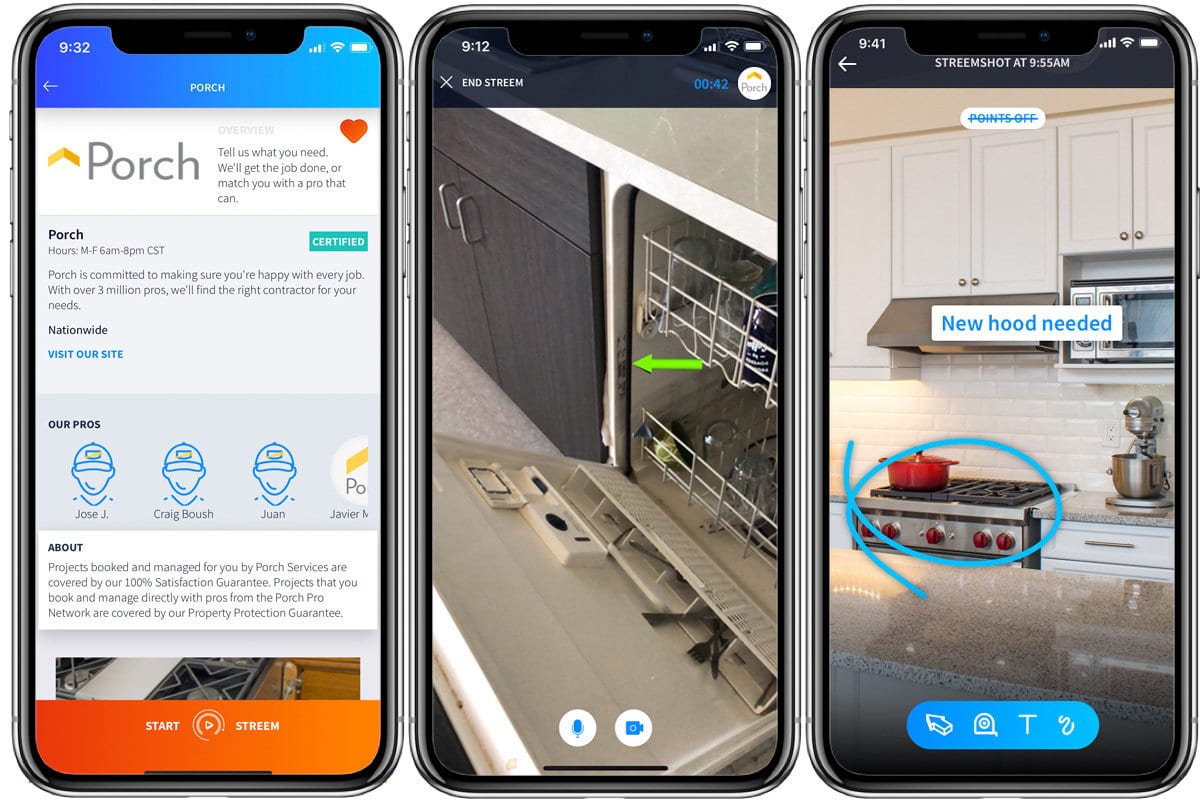
“Trendline” is AR Insider’s series that examines trends and events in spatial computing, and their strategic implications. For an indexed library of spatial computing insights, data, reports and multimedia, subscribe to ARtillery PRO.
Covid-19 continues to take lives and stall global commerce. Leaving the former to medical experts and public policy, we’ll address the latter. One question is how can technology support high-touch businesses? We’re talking everything from dentists to conferences to cosmetics sales.
Elsewhere on that list is home services. Clearly social distancing protocols preclude, or at least challenge, the traditional ritual of service pros visiting your home to fix something. This is where AR is finding a potential role to assist in challenging times, a trend we’ll continue to see.
One example we’ve examined in a different light is Streem. It brings the industrial AR concept of remote assistance (a.k.a. “see what I see”) to home services. The way this plays out is that a remote expert or home services pro can see a service issue through your upheld smartphone.
In the vast range of home services, this means that everything from setting up a wi-fi router to fixing a dishwasher can be assisted (or at least diagnosed) remotely. Picture a cable company rep visually walking you through a router setup including spatially accurate visual annotations.

New Light
Back to the concept of AR remote assistance. It’s gaining lots of traction in industrial settings to reduce travel for experts and machine specialists to fly in to fix a given piece of equipment. That plus machine downtime is a big cost that’s alleviated through AR remote visual instructions.
For home services conversely, this can reduce a different pain point: preliminary technician visits. Otherwise known as a truck roll, this includes an initial home visit to scope and price a given job. Streem has claimed to reduce truckrolls by 42 percent — meaningful savings for service pros.
It’s not just fewer visits but streamlined ones. In other words, the standard practice of showing up with a big truck with all possible tools to handle any job can be replaced with advance knowledge of the exact job. That means a lighter dispatch, clustering like-jobs or ordering parts faster.
These benefits resonate in normal times, and are validated by Streem’s recent acquisition by Home Services giant Frontdoor. But they’re now pronounced and viewed in a different light given social-distancing protocols. Things can still get fixed as you shelter in place.
New Perspectives
This could also be the inflection that AR needs to get over early consumer and enterprise adoption humps. Of course, there are more important factors than the health of the AR industry, but it and other technologies could benefit from new perspectives brought by the “new normal.”
More altruistically speaking, we could all end up better for it. Even in non-quarantine times, technologies like Streem can bring better customer experiences and more efficient logistics & operations to home services. It may just take challenging times to force that perspective faster.
This is similar to our recent thought exercise about remote work. Though high-touch interaction is endemic to many fields of work, others — mostly in corporate contexts — can be done perfectly well remotely. That could now come to light with positive long-term outcomes.
We’ll see many more technologies and practices that follow this principle… thus a hopeful silver lining to an otherwise difficult time for the world. We’ll continue to look for other such technologies and practices that could follow this pattern, and advance our lives and work in the long run.
For deeper XR data and intelligence, join ARtillery PRO and subscribe to the free AR Insider Weekly newsletter.
Disclosure: AR Insider has no financial stake in the companies mentioned in this post, nor received payment for its production. Disclosure and ethics policy can be seen here.
